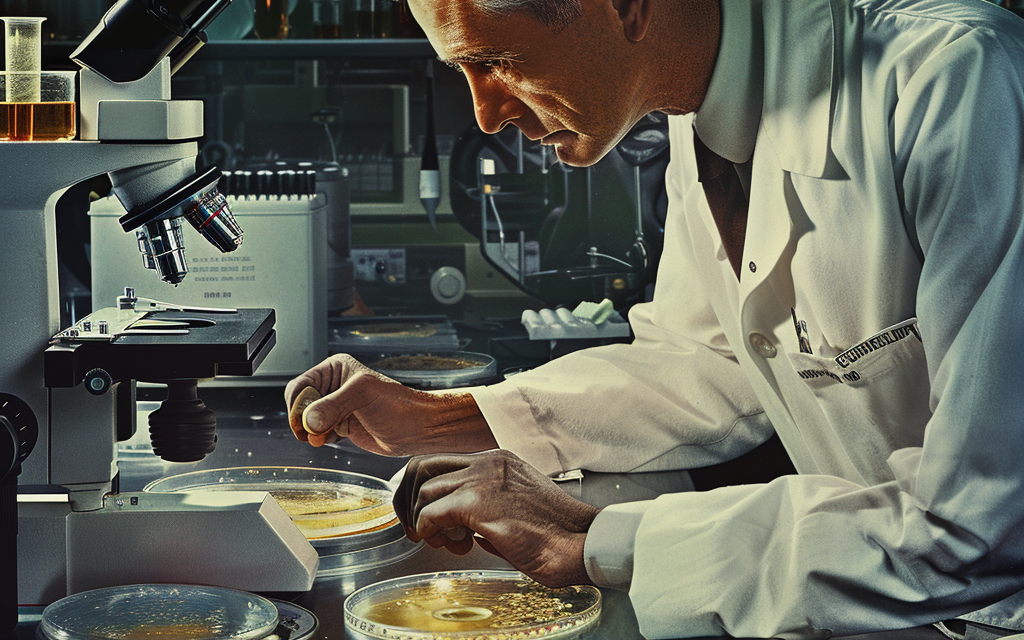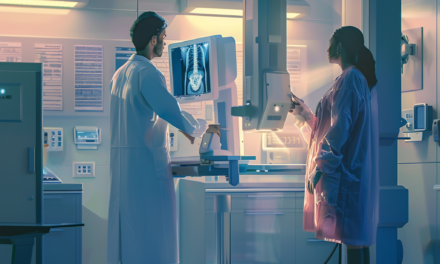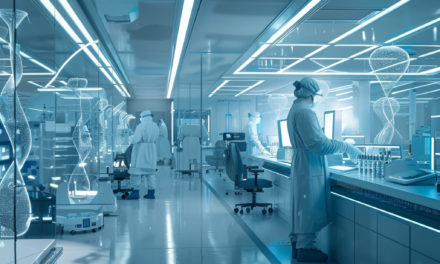Introduction
Imagine a world where a small cut on your finger could be a death sentence, where surgeries are akin to rolling the dice with fate, and where bacterial infections hold sway over human health without challenge. This was the reality before the advent of penicillin, the wonder drug that revolutionized medicine and introduced the era of antibiotics. Penicillin’s discovery is a tale of serendipity, scientific curiosity, and perseverance against the odds—a narrative that underscores the adage that not all heroes wear capes; some, as it turns out, grow in Petri dishes. This guide will take you on a journey from the pre-penicillin dark ages to the moldy breakthrough that saved millions of lives, exploring the impact of this miraculous medicine and the challenges it faces today.
The Pre-Penicillin Era
Before the dawn of penicillin, the medical battlefield was fraught with invisible enemies. Bacterial infections, from the minor to the life-threatening, presented a grim challenge, often turning the aftermath of surgeries, childbirths, and even minor scratches into deadly encounters. The arsenal against such infections was primitive and perilous, comprising treatments like silver nitrate, iodine, and arsenic-based compounds. These methods were as likely to harm the patient as they were to fend off infections. The quest for a safe and effective antibacterial agent was driven by necessity, a desperate global need that laid bare the limitations of contemporary medicine and underscored the urgency for a breakthrough that could shift the balance in humanity’s ongoing war against microbial adversaries.
Alexander Fleming: The Accidental Discovery
In the cluttered, somewhat chaotic confines of Alexander Fleming’s laboratory at St. Mary’s Hospital, London, lay the unlikely cradle of a medical revolution. Fleming, a figure as known for his disorganized workspaces as for his scientific acumen, stumbled upon a discovery in 1928 that would forever alter the course of medicine. Observing a contaminated Petri dish in which a mold, Penicillium notatum, had inadvertently taken hold, Fleming noted the mold’s potent antibacterial effect—around it, bacterial colonies were dying. This serendipitous moment wasn’t just a strike of luck; it was a testament to Fleming’s keen observational skills and his capacity to grasp the significance of an accidental finding. Thus began the story of penicillin, a discovery borne out of curiosity, chance, and a moldy dish, setting the stage for the antibiotic age.
Early Challenges and Skepticism
Despite its promising start, the road from Fleming’s discovery to penicillin becoming a mainstay in medicine was anything but smooth. Early attempts to isolate and produce penicillin in quantities sufficient for research and treatment were met with frustration. The scientific community, too, greeted Fleming’s findings with a blend of skepticism and indifference, accustomed as it was to the slow, incremental advances in the fight against bacterial infections. This initial resistance to penicillin’s potential underscored the broader challenges faced by groundbreaking discoveries—overcoming the inertia of established scientific beliefs and the practical hurdles of bringing a theoretical breakthrough into practical use.
Howard Florey and Ernst Boris Chain: Scaling Up
The transformative journey of penicillin from a laboratory curiosity to a life-saving drug owes much to the relentless efforts of Howard Florey and Ernst Boris Chain at Oxford University. Recognizing the potential of Fleming’s discovery, Florey and Chain embarked on an ambitious project to purify and mass-produce penicillin, overcoming significant technical and financial obstacles along the way. Their success in producing the drug on a scale that made clinical trials possible marked a watershed moment in the battle against bacterial infections. This dynamic duo, together with Fleming, formed the triumvirate credited with penicillin’s development into a drug that would save millions of lives and inaugurate the antibiotic era.
Penicillin Goes to War
The onset of World War II created an urgent demand for effective treatments for wounded soldiers, thrusting penicillin into the spotlight. The drug’s remarkable efficacy in preventing and treating bacterial infections made it an invaluable asset on the battlefields, earning it the moniker “the war’s wonder drug.” The mass production and distribution of penicillin during the war not only saved countless lives but also demonstrated the potential of antibiotics to change the face of medicine. Penicillin’s role in WWII highlighted its broader implications for military medicine and public health, setting the stage for the post-war antibiotic boom.
The Post-War Penicillin Boom
In the aftermath of WWII, the floodgates opened for antibiotic research and discovery. Penicillin’s success inspired a golden age of antibiotics, leading to the identification and development of new drugs that would further diversify the medical arsenal against bacterial infections. This period of rapid expansion and innovation was characterized by an outpouring of research that cemented antibiotics as cornerstones of modern medicine. The post-war era saw penicillin and its successors dramatically reduce mortality rates from bacterial infections, reshaping public health landscapes around the world and marking a new epoch in medical history.
Challenges and Resistance
Yet, the story of penicillin and antibiotics at large is not without its cautionary tales. The emergence of antibiotic resistance has posed a formidable challenge, threatening to roll back decades of medical progress. The misuse and overuse of antibiotics have accelerated this trend, leading to the rise of “superbugs” that defy existing treatments. This section delves into the ongoing struggle to outpace resistance through responsible antibiotic use, continued research, and the development of novel antimicrobial strategies, underscoring the delicate balance between leveraging antibiotics’ life-saving potential and preserving their efficacy for future generations.
Penicillin Today
Decades after its serendipitous discovery, penicillin remains a linchpin in the fight against bacterial infections. Its legacy is not just in the countless lives saved but in the ongoing quest to understand and combat microbial threats. Today, the landscape of penicillin use and research is marked by a continued reliance on this and other antibiotics, alongside a concerted effort to address the challenges of resistance and find new avenues for antibacterial therapy. The current state of penicillin research and its enduring significance in medicine reflect both the achievements and the complexities of the antibiotic era, a testament to the lasting impact of Fleming’s moldy breakthrough on healthcare and society.
Conclusion
The discovery of penicillin is a landmark event in the annals of science, a story of accidental discovery, scientific brilliance, and the profound impact of a single drug on the course of human history. As we continue to grapple with the challenges of antibiotic resistance and the quest for new treatments, the legacy of penicillin serves as a reminder of the power of curiosity, collaboration, and innovation in advancing human health. The story of penicillin is far from over; it is a continuing journey of discovery, challenge, and hope.





